“Here, your father bought you this at the airport during transit” said my uncle one evening way back in 2013. My father, my uncle, and my cousin went to a mining company in Borneo island, and my father stayed back to finish the project while my uncle and my cousin flew back home. I wonder what kind of thing has my father bought me, given the unusual location. He fished something out of his bag and handed me a small box. “NiSi Pro Digital Conversion Lens” is written on the box. I opened it and found a wide angle filter accessory to screw in front of camera lens.
I have seen something like this used by a girl in same grade as me a while back. I asked my friend what was that weird contraption she put on her Nikon DSLR lens, and he answered that it’s a wide angle adapter. “It makes the images look like they were taken with a fisheye lens”, he told me. “Ah, I see. Looks kind of silly though”, I replied, not realising that karma would get me in the end.
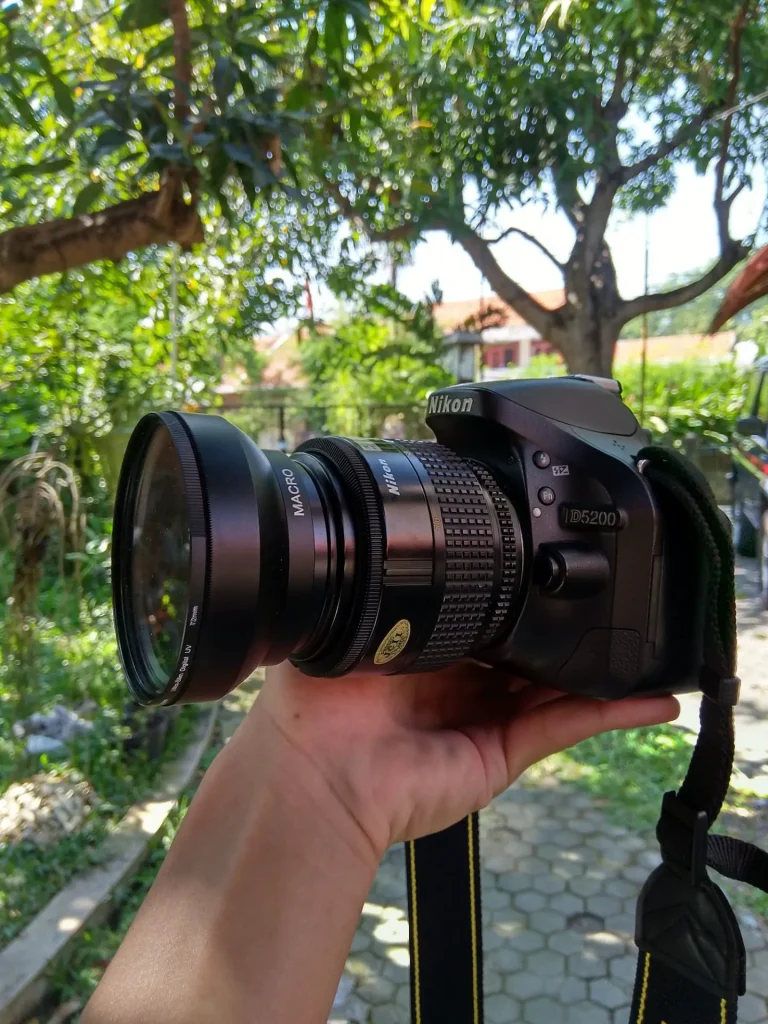
On a call with my father after receiving his purchase, I asked why he had bought me it. He said that it might broaden my photography skill on the cheap. Given I only have 3 lenses for my Nikon D5200; the standard 18-55mm kit, a Nikkor 35-70mm f3.5-4.5 (a lens that the consensus said as a mediocre one), and a Nikkor 70-210mm f4-5.6, which focal length is too narrow for my taste. I thanked him and asked myself whether this filter really could give me something unique. Boy I have no idea how wrong I was to question it. It has ended up being my favourite equipment to pair with my Nikon. Though it’s not the wide angle converter that become my favourite, but rather the macro converter lens sneakily attached to the back of the wide angle converter.
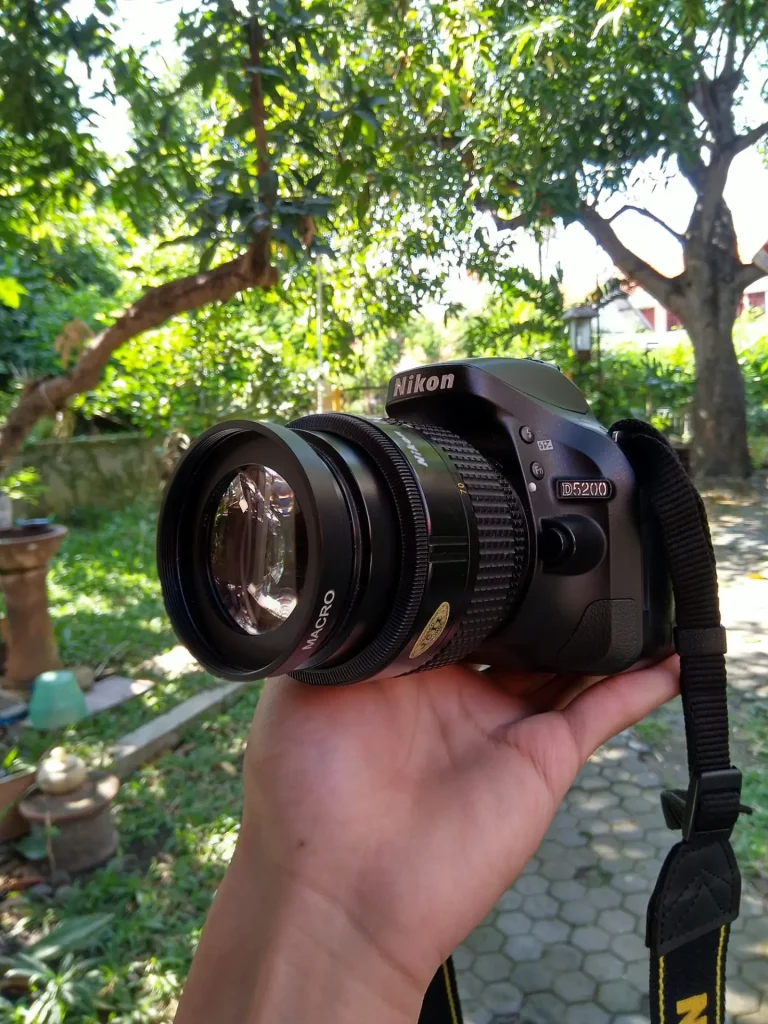
You see, the wide angle filter works in conjunction with the macro converter lens. If you want to use the macro converter lens, just unscrew the wide angle one. Initially, I was eager to try using the macro filter, but didn’t immediately find the correct subject. On the other hand, the wide angle filter found itself to be a favourite among my classmates, particularly with my female friends. They LOVED the fisheye aesthetic. I’m not fond using it to take photographs of them, but who am I to complain if the subject loved the results? I just took pictures anytime they asked me to…
The first time I finally tried the macro converter lens was an unexpected one. It was around May or June 2014, when my class went on a trip to celebrate the end of final exams. We went to a restaurant that also offers outbound training accommodation. We enjoyed our time together for the last time before we separated to chase our own dreams at university. At the end of the day, we were sitting lazily, exhausted after playing all day. Several of my classmates started to debate whether I’m a good photographer, which was fine, but weird? I did enjoy the attention though, so I listened as they exchange their opinion about me.
Finally one of them said “Let’s just settle this. Salman must take a picture around us. If the picture impresses us, then he’s a good photographer. If not, then nothing special about him”. Half of me wanted to say that I’m just a run-of-the-mill amateur photographer, nothing special about my photography skill. The other half were always down for a challenge. “Fine, I’ll take one for you”, I finally said.
At first glance, I couldn’t think of anything special or unique composition around where we sit that I can photograph to impress them. However, there was a line of shrubs nearby that interested me. Upon closer inspection, I saw that there are several ladybugs walking on the stems, two of which attracted my attention. I thought to myself that the macro converter lens would be an immense help in taking the picture that I needed. I quickly screwed the filter on my 18-55mm lens, and took the picture shown below:
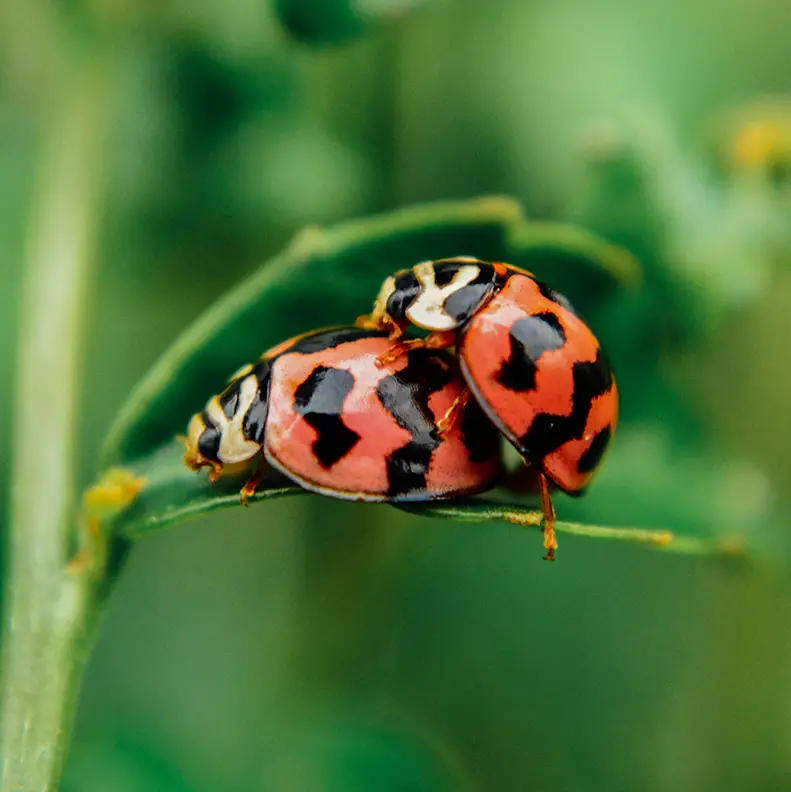
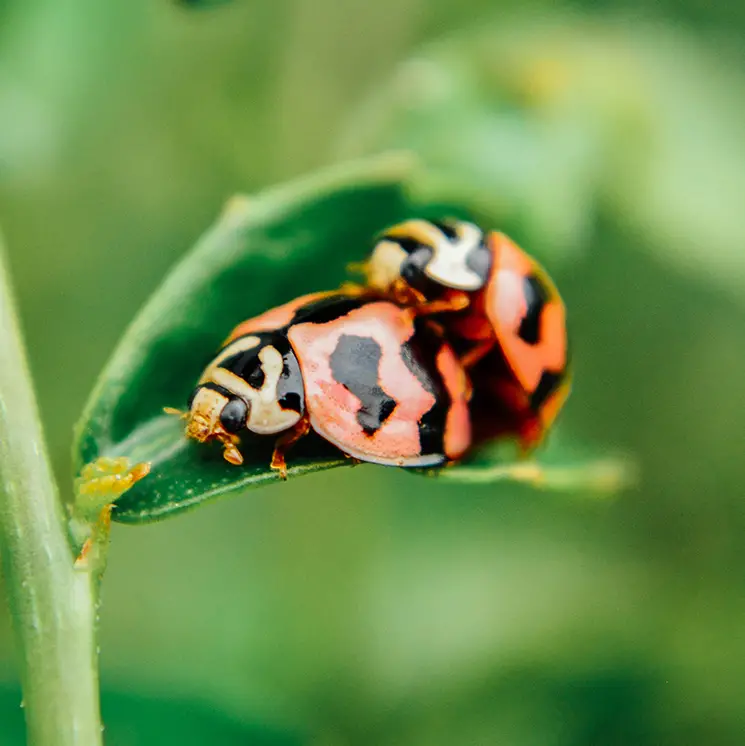
Sample Pictures – Flowers & Insects
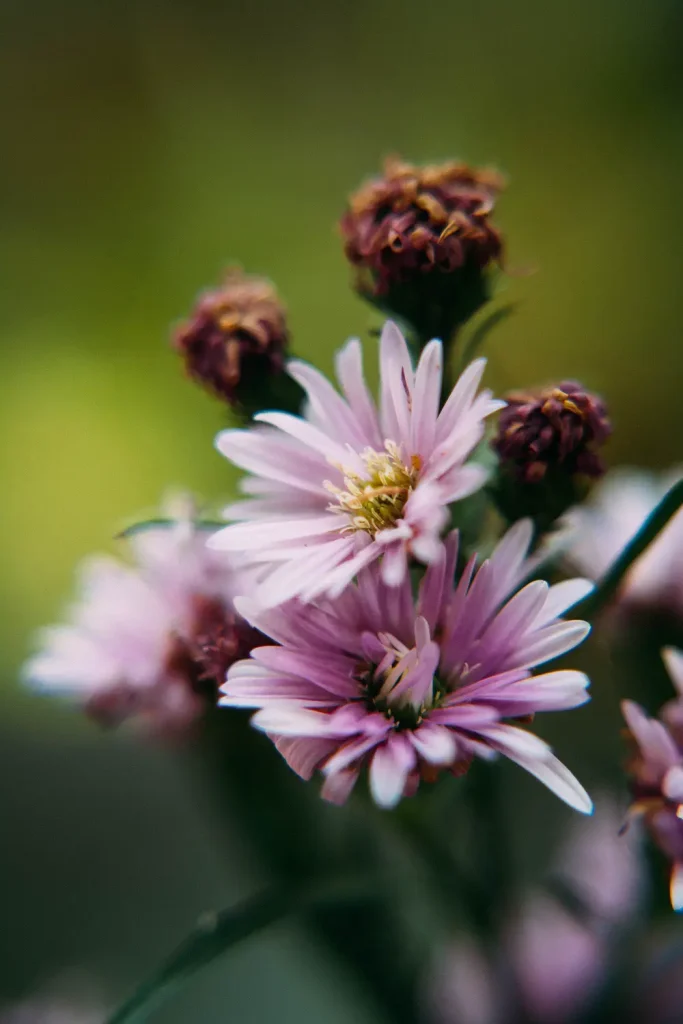
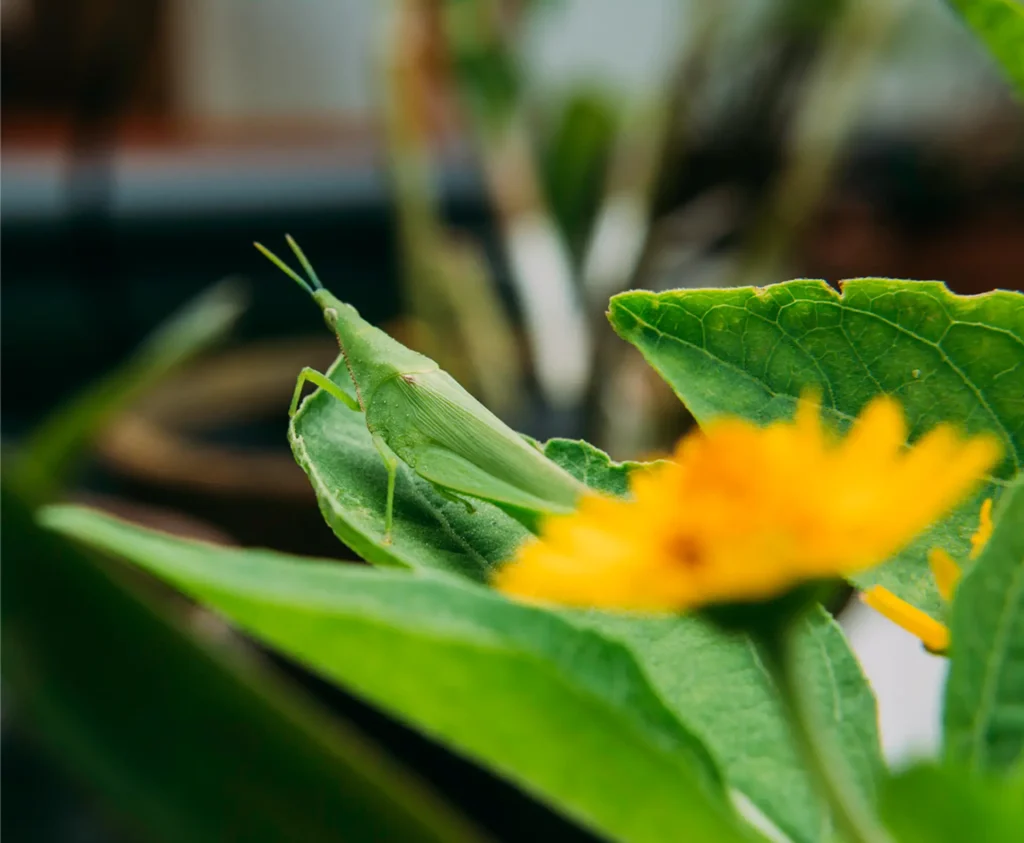
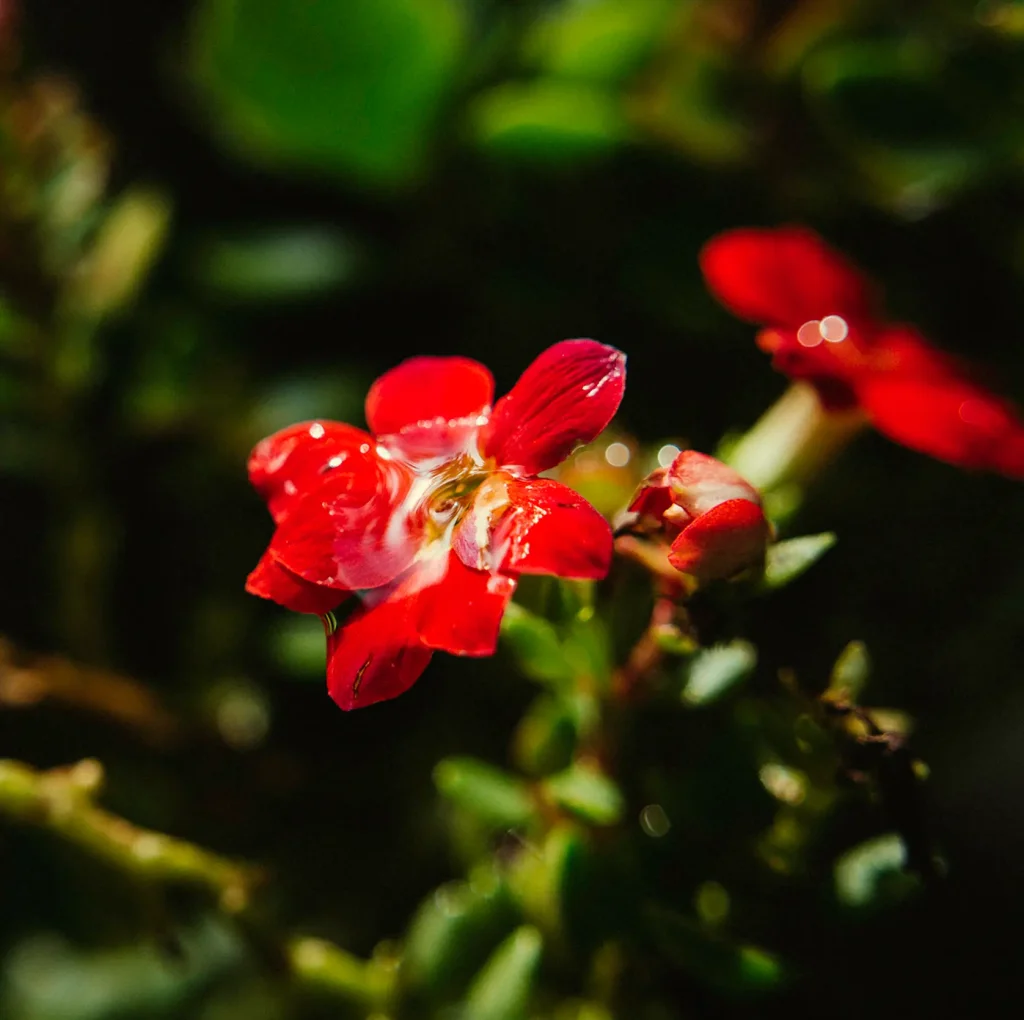
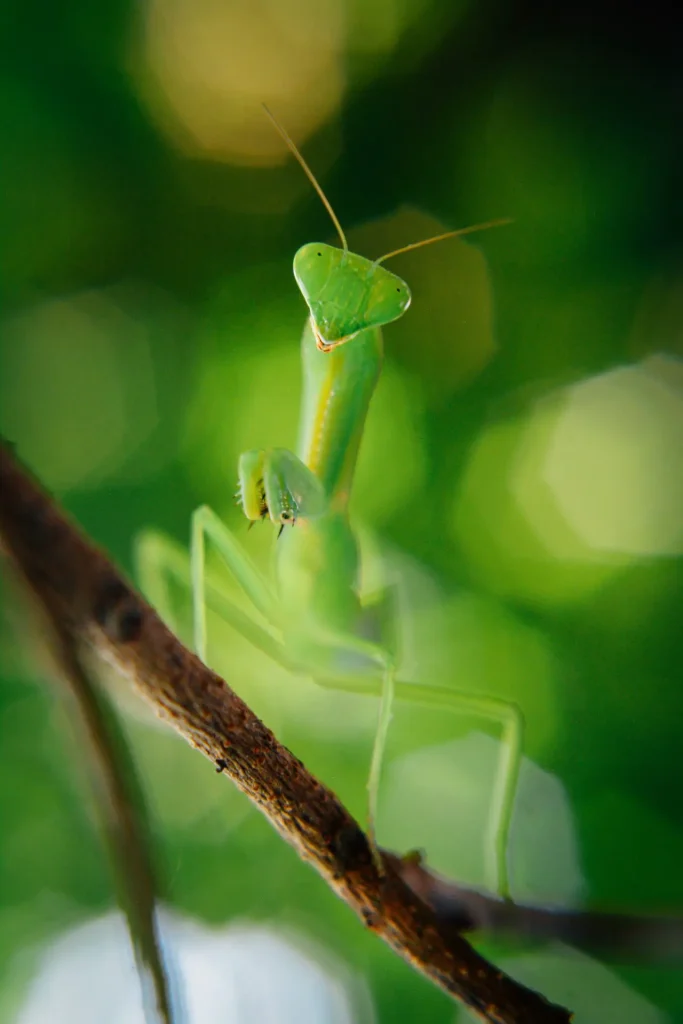
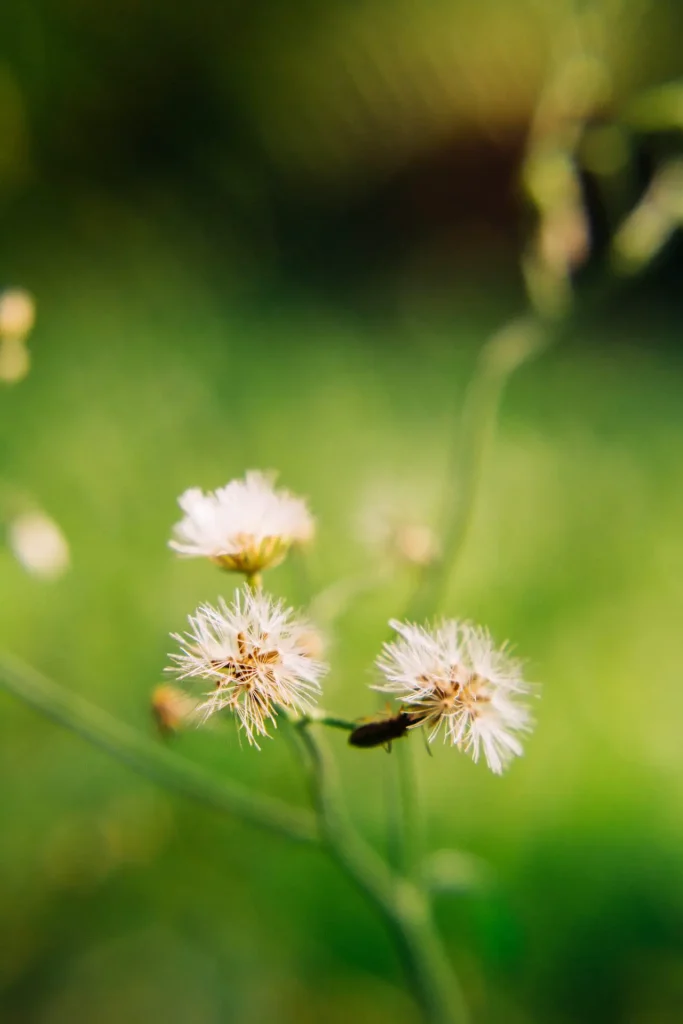
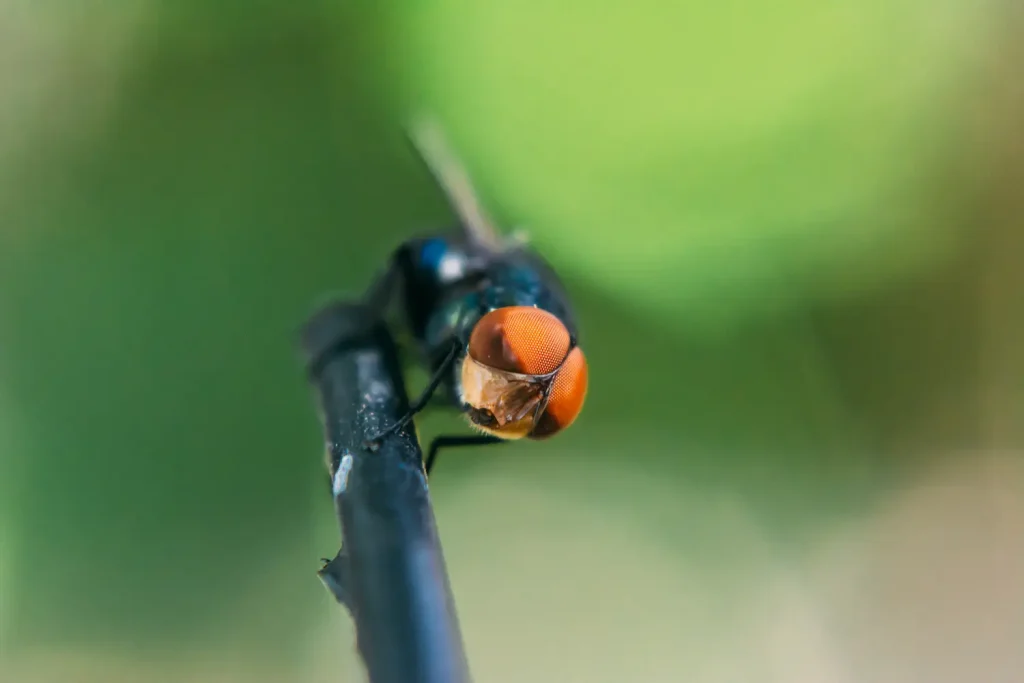
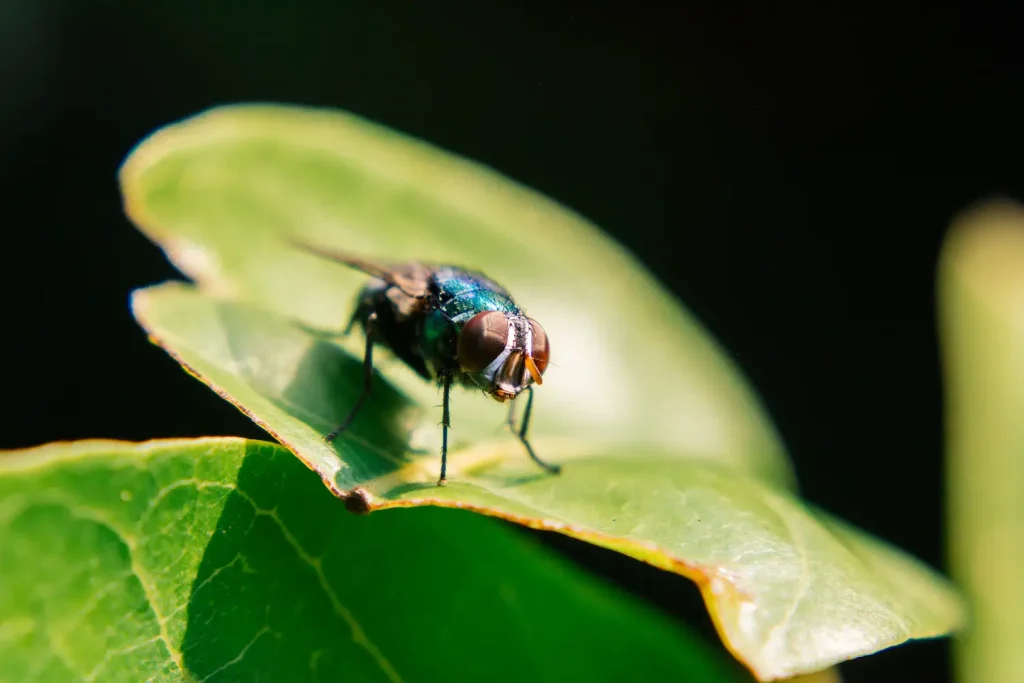
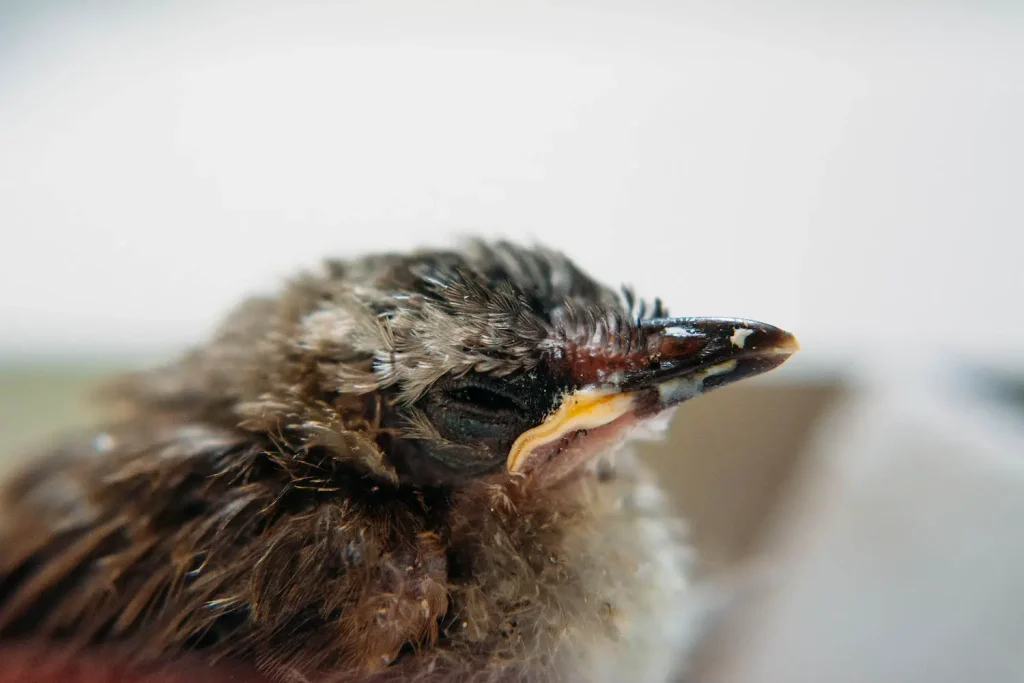
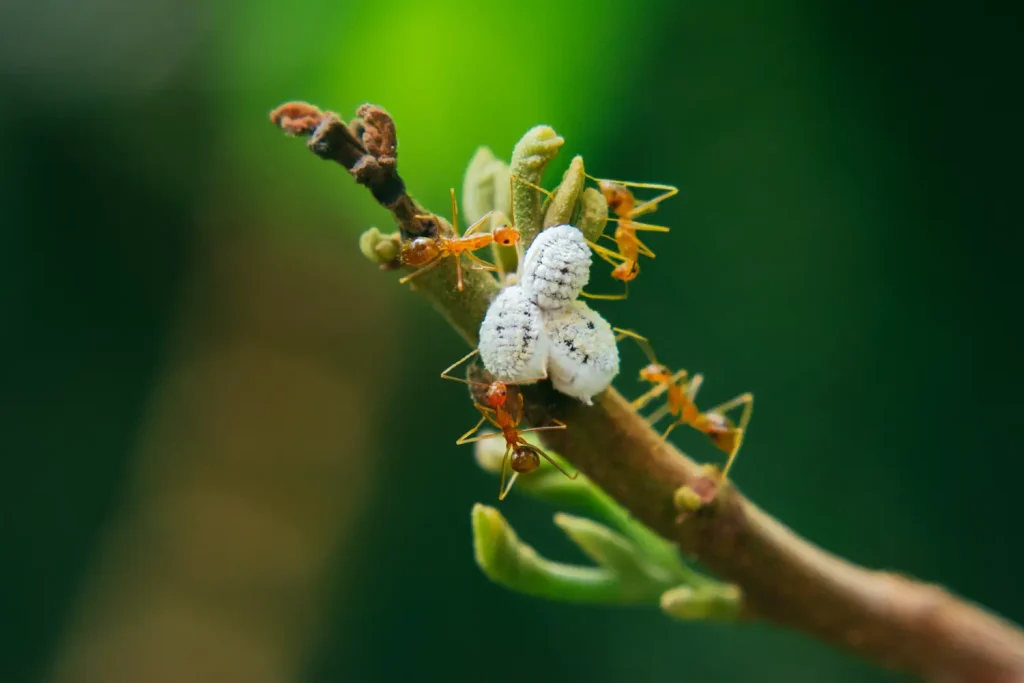
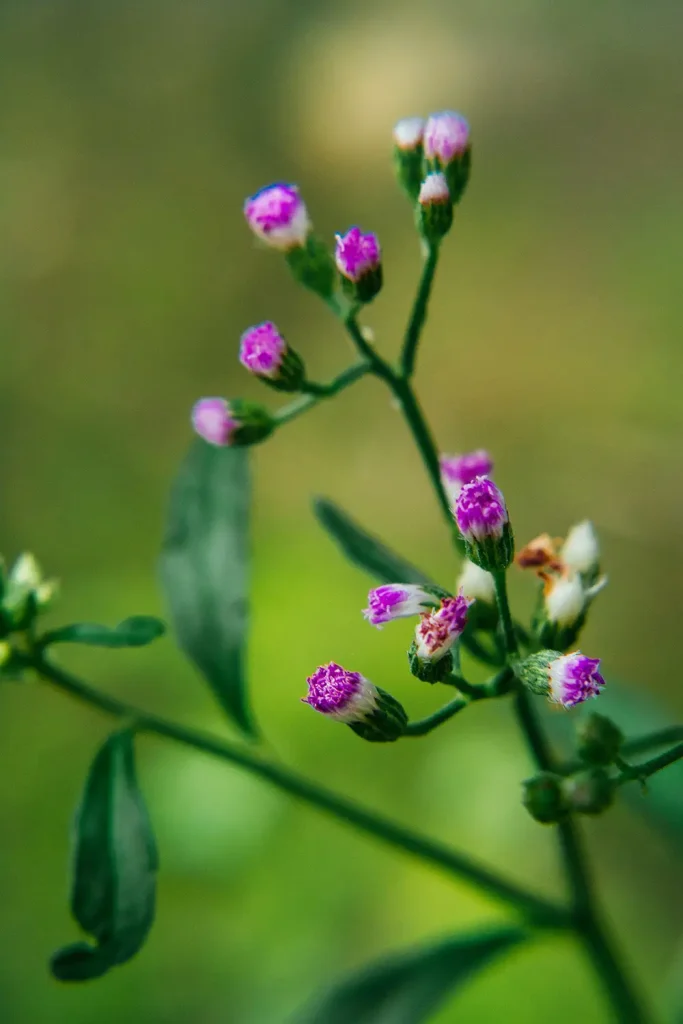
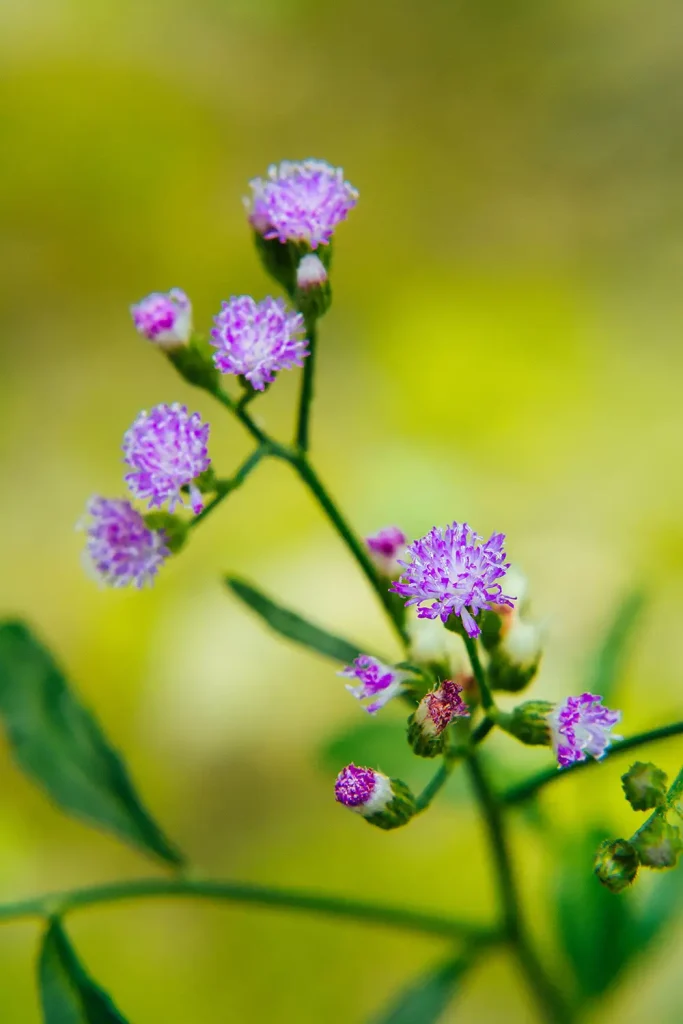
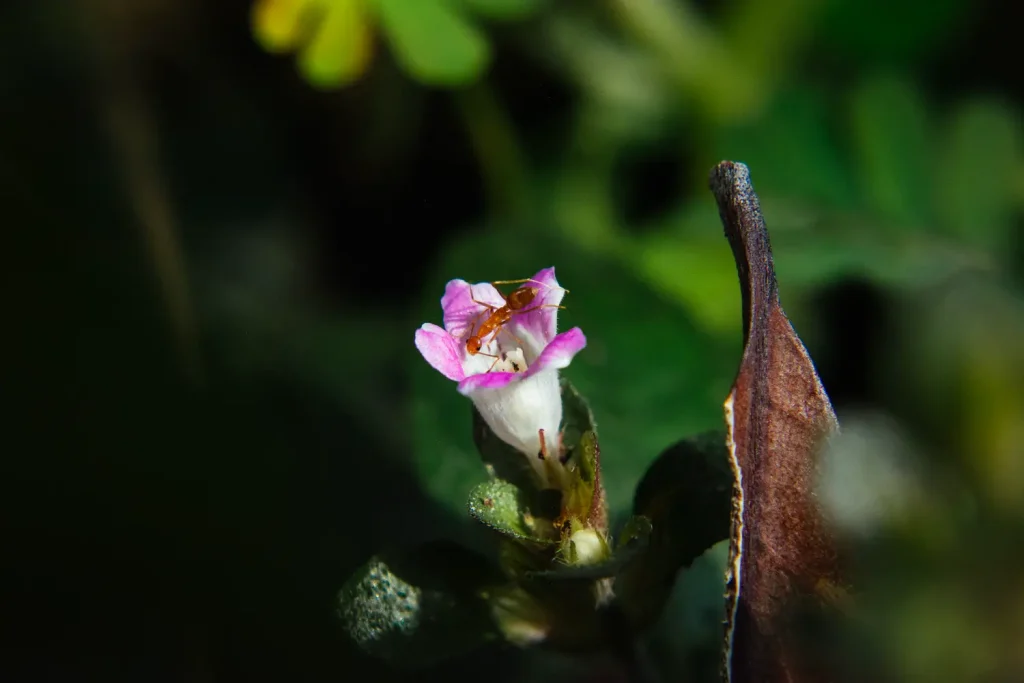
Sample Pictures – Spiders!

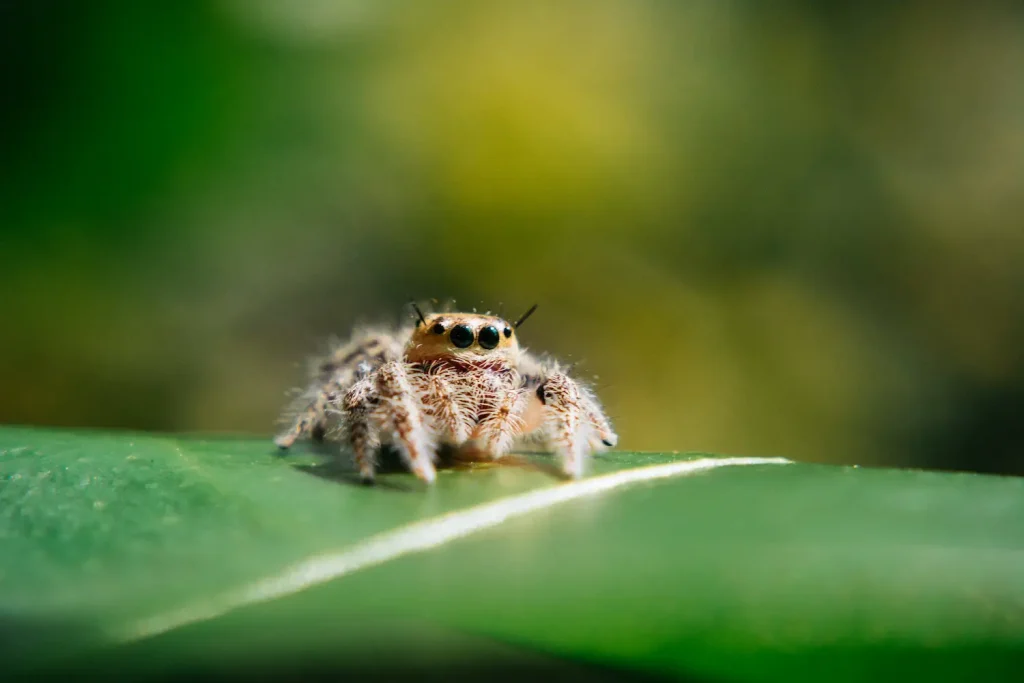
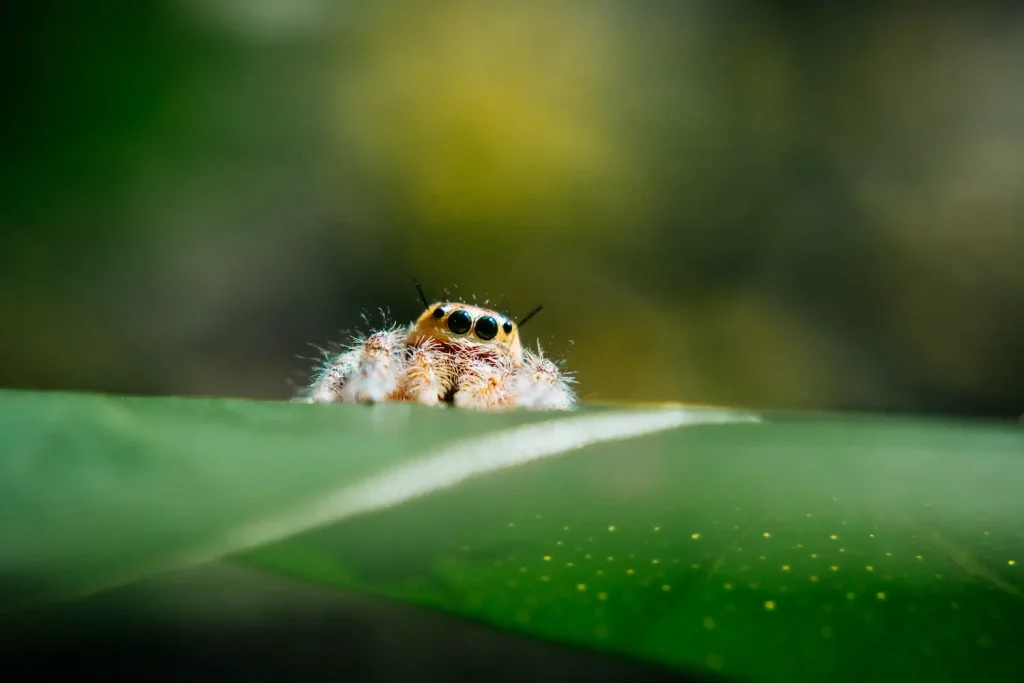
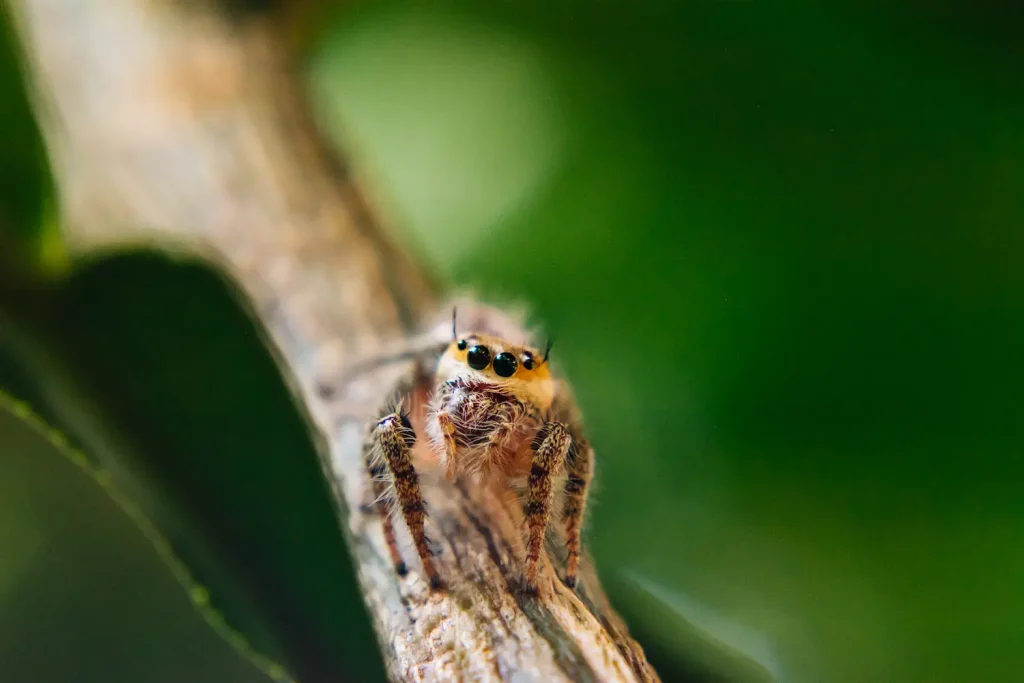
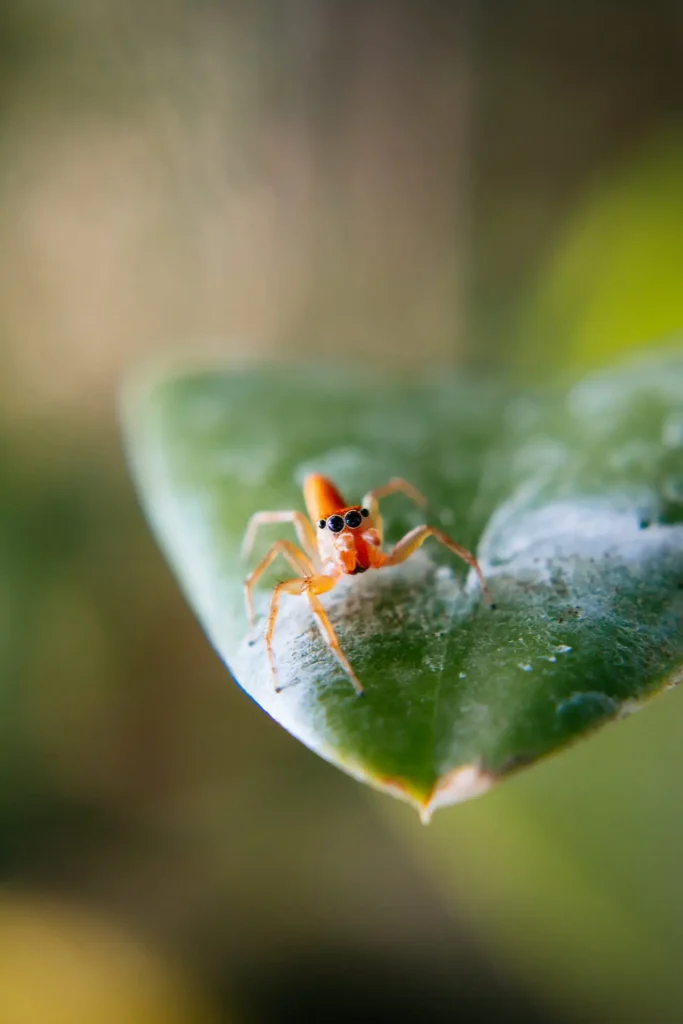
Problems with Macro Converter Lens
However, it’s not all perfect. The autofocus on my 18-55mm lens died in 2015, and it has been very difficult to nail focus with macro filter attached. Initially, I exclusively used the macro filter with the 18-55 due to the autofocus to aid in taking picture, but after the autofocus died I use it with the 35-70mm lens. I don’t have to stand too close to the subject which might disturb it (such as taking pictures of house flies), and I found that the 35-70mm produced sharper results with the macro converter lens compared with 18-55mm in manual focus mode.
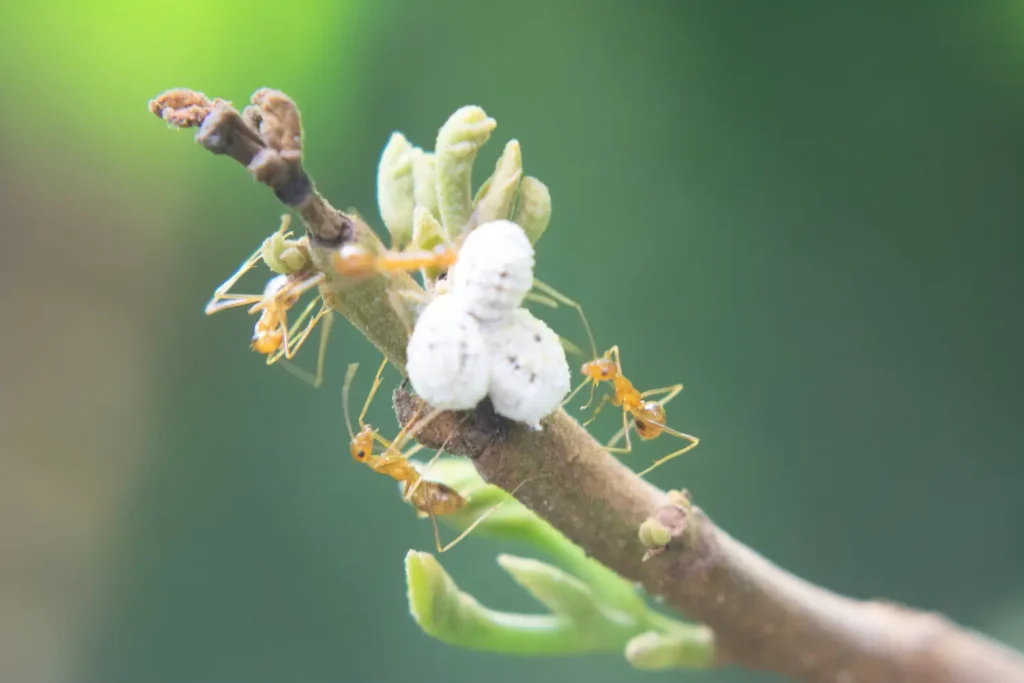
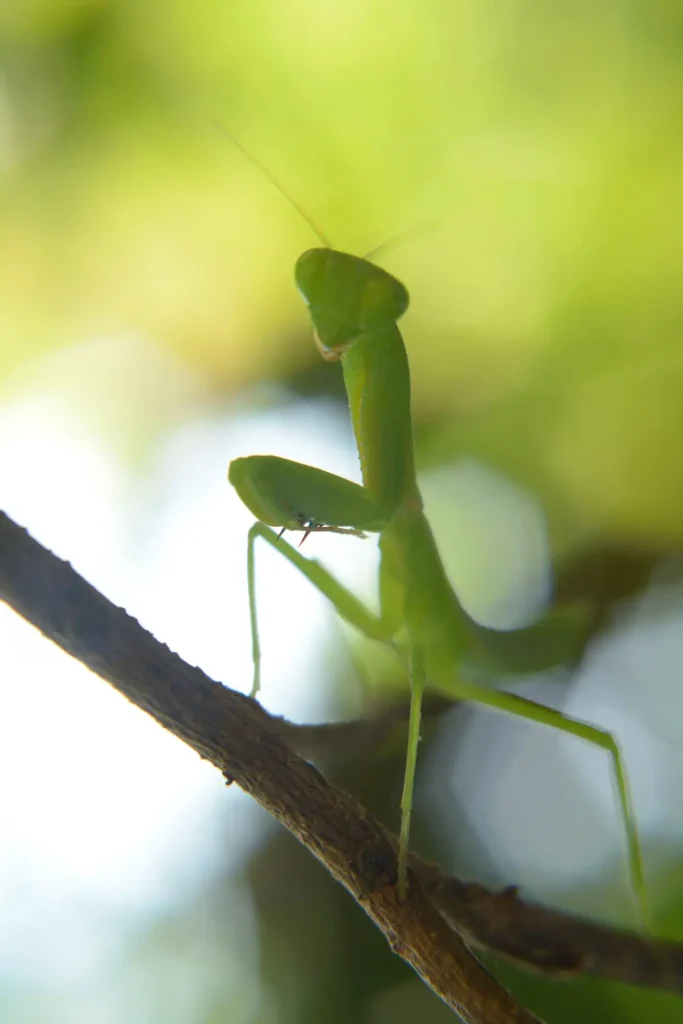
I miss using autofocus-enabled lens, as anytime a slight breeze occurs, the subject that I’m trying to photograph will swing wildly. I feel like I can manually focus faster after years of (forced) training, but several times I found myself ran out of breath and was sweating heavily due to the needs of standing still to minimize blur.
Other problems that I encountered with using the macro converter lens instead of dedicated macro lens is the chromatic aberration. In several instance it’s not too visible, other times it is so bad that it make the picture unusable, even for my already low standards. I have no prior experience using dedicated macro lens, but I found that stopping the lens down to f/10 or even f/13 is necessary to nail focus, as my usual setting of f/5.6 or f/8 returned depth of field that is too shallow. And as I love to take pictures of spiders and fast-moving insects, I need to set fast shutter speed to capture them without blur. To balance fast shutter speed and small aperture means that I have to crank ISO value up which leads to noise.
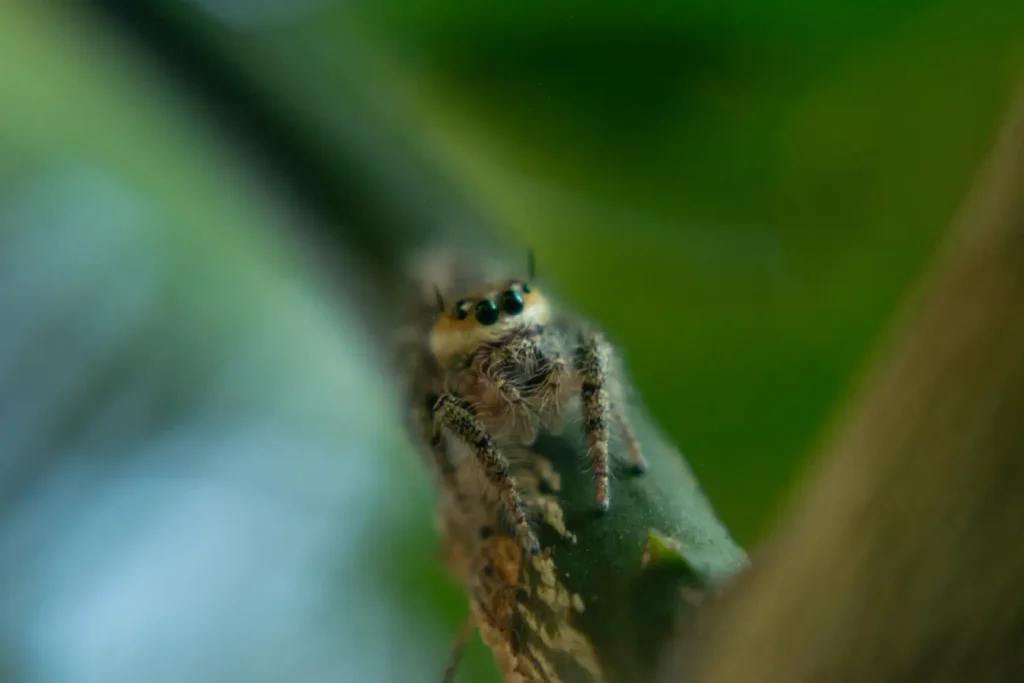
“Stop, get down low, and observe. It might surprise you how many interesting things happen around us without us knowing”.
You can find my Instagram account here, and you can view my portfolio of my programming projects here.
Share this post:
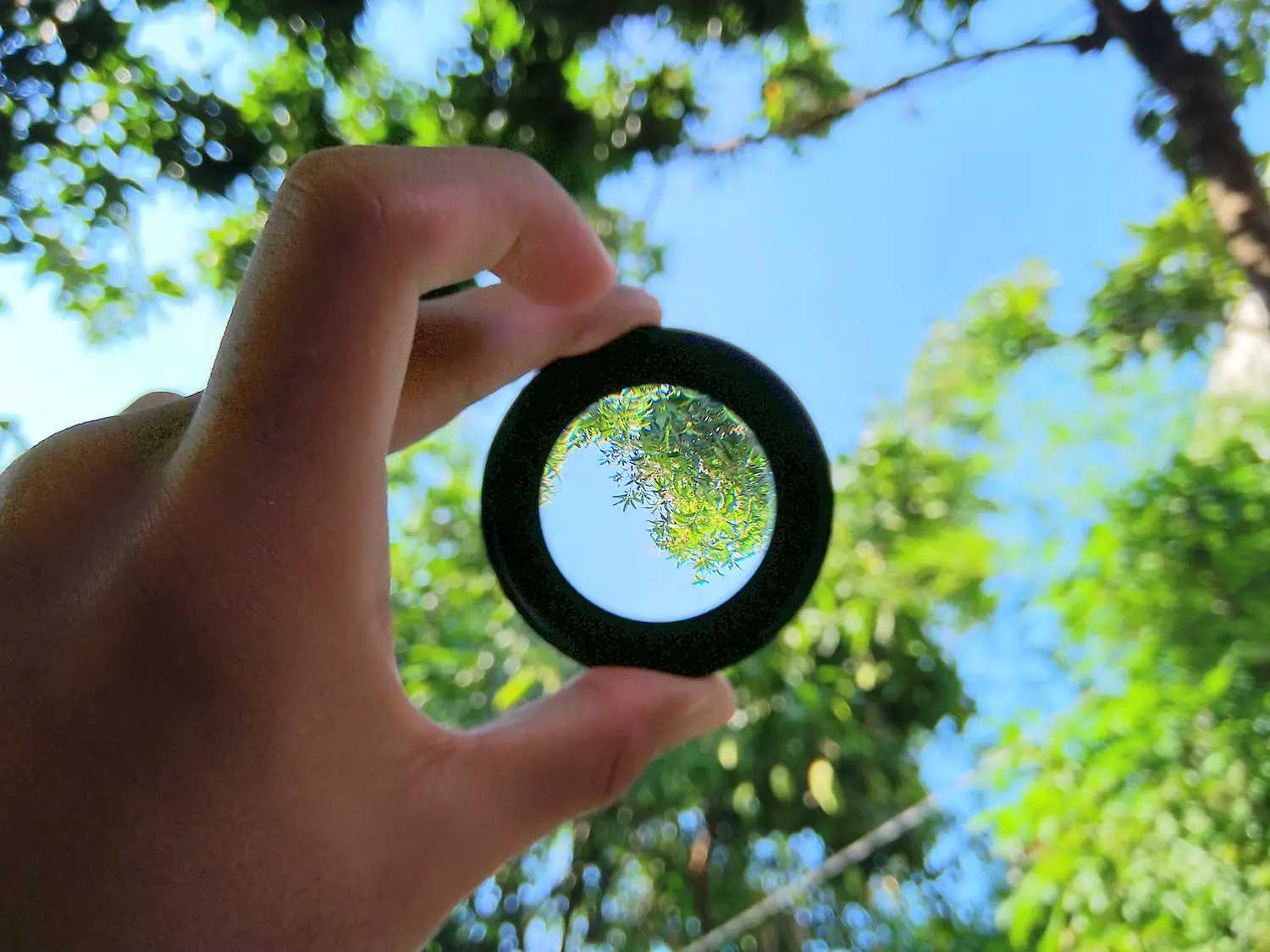
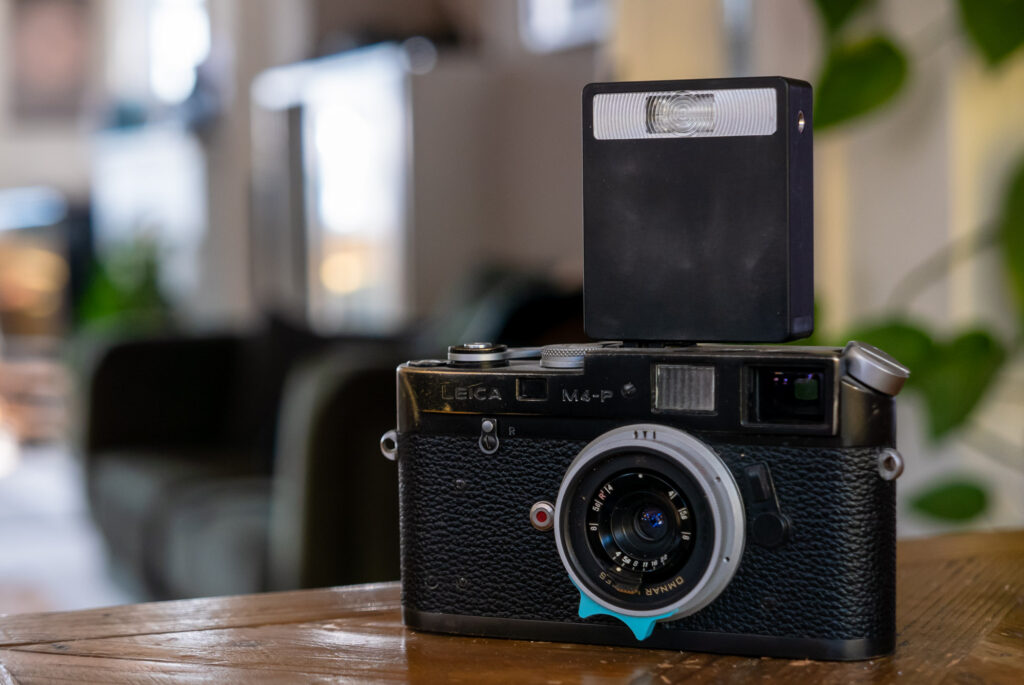
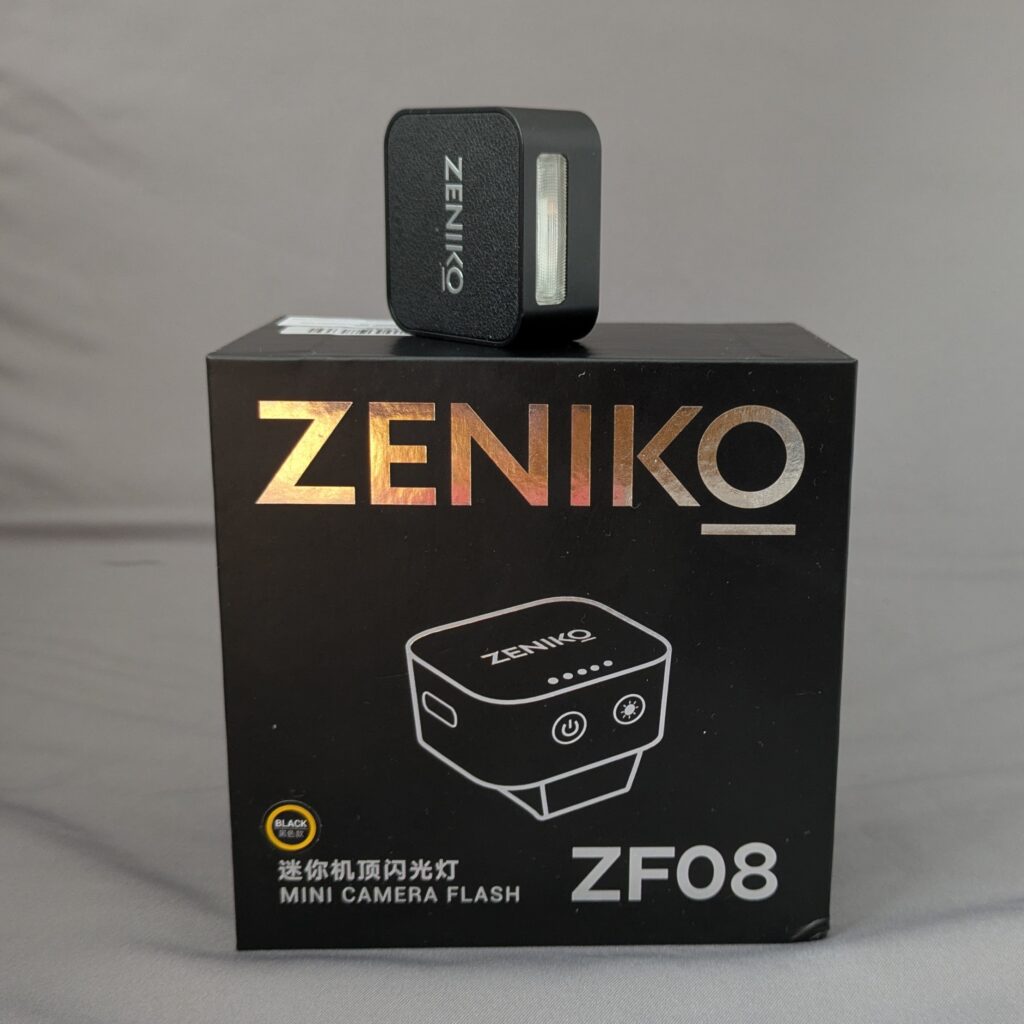
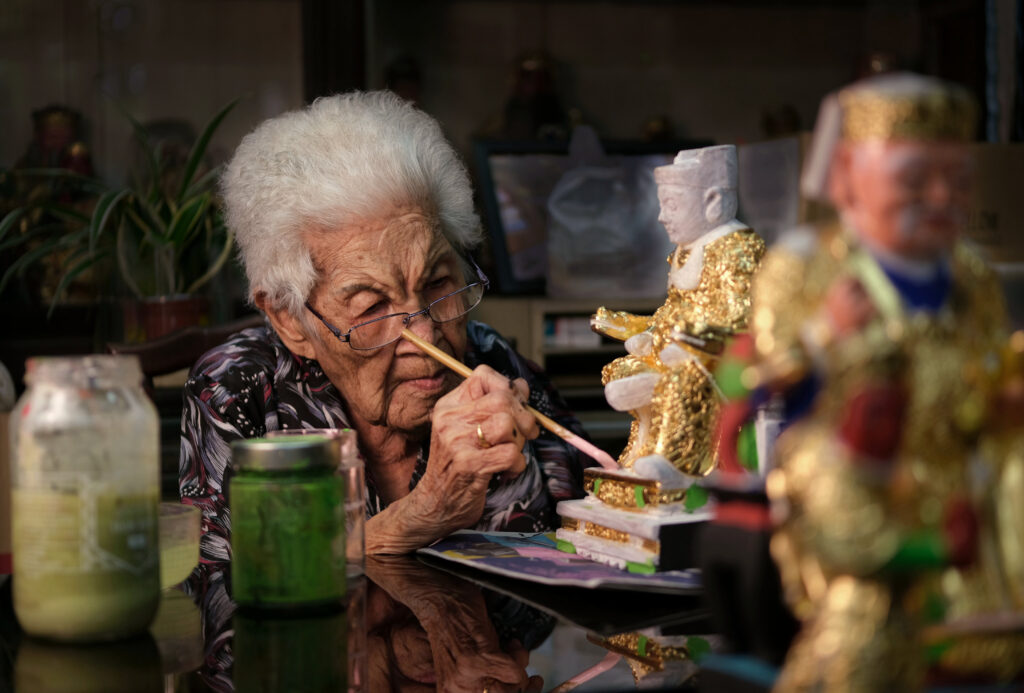
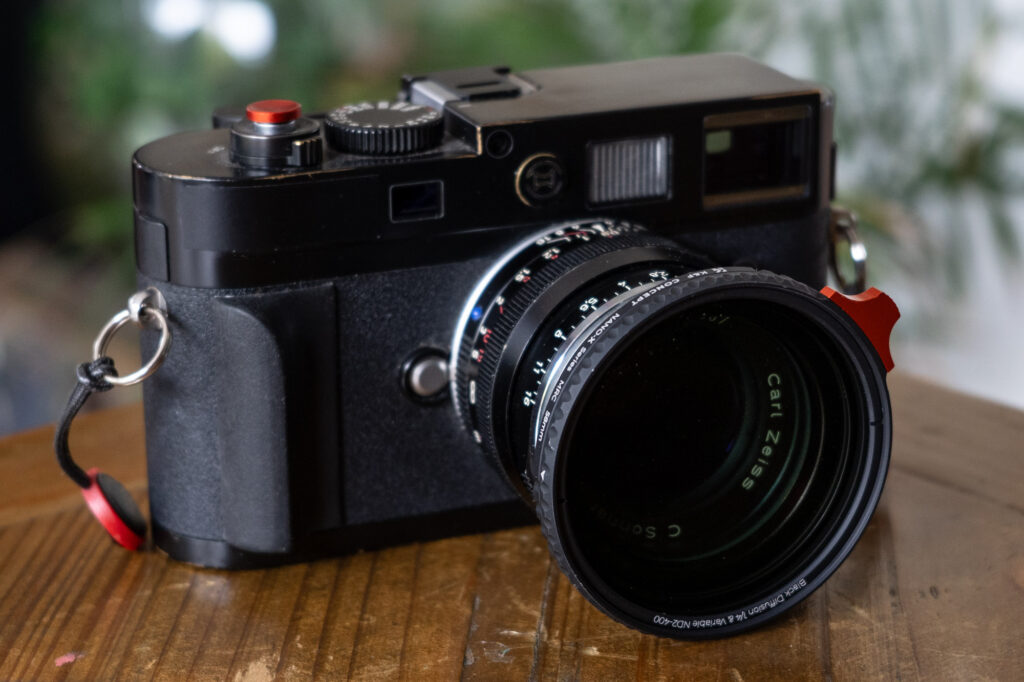




Comments
Patrick Abe on Macro Converter Lens – for “Broadening Photography Skills on the Cheap” – By Salman Rameli
Comment posted: 15/09/2020
Eventually, I did get a 55mm Micro-Nikkor for Ye Olde Nikkormat and Nikon F2, and Kodachrome slides got much sharper. I did consider a longer macro lens, but a 105mm Nikkor was pricey, and I wondered about Tamron's Adaptall system. (I'd bought a Canon EF by then.) I settled on Tamron's lens 52A, a 90mm f/2.5 macro that close focused to 1:2, which was OK.
I was taking Kodachrome slides of local Orchid society-awarded blossoms, and the normal short tele macro lens set was fine. Then I was asked if I could take similar photos of Orchid species flowers, which could be positively tiny. After trying this and that, I settled on a reverse-mounted 28-70mm zoom lens double cable release ring flash for location shooting at night under dim auditorium lights. (But that's another story.;)
Comment posted: 15/09/2020
DeeDee on Macro Converter Lens – for “Broadening Photography Skills on the Cheap” – By Salman Rameli
Comment posted: 16/09/2020
Comment posted: 16/09/2020
S.R. on Macro Converter Lens – for “Broadening Photography Skills on the Cheap” – By Salman Rameli
Comment posted: 24/03/2021